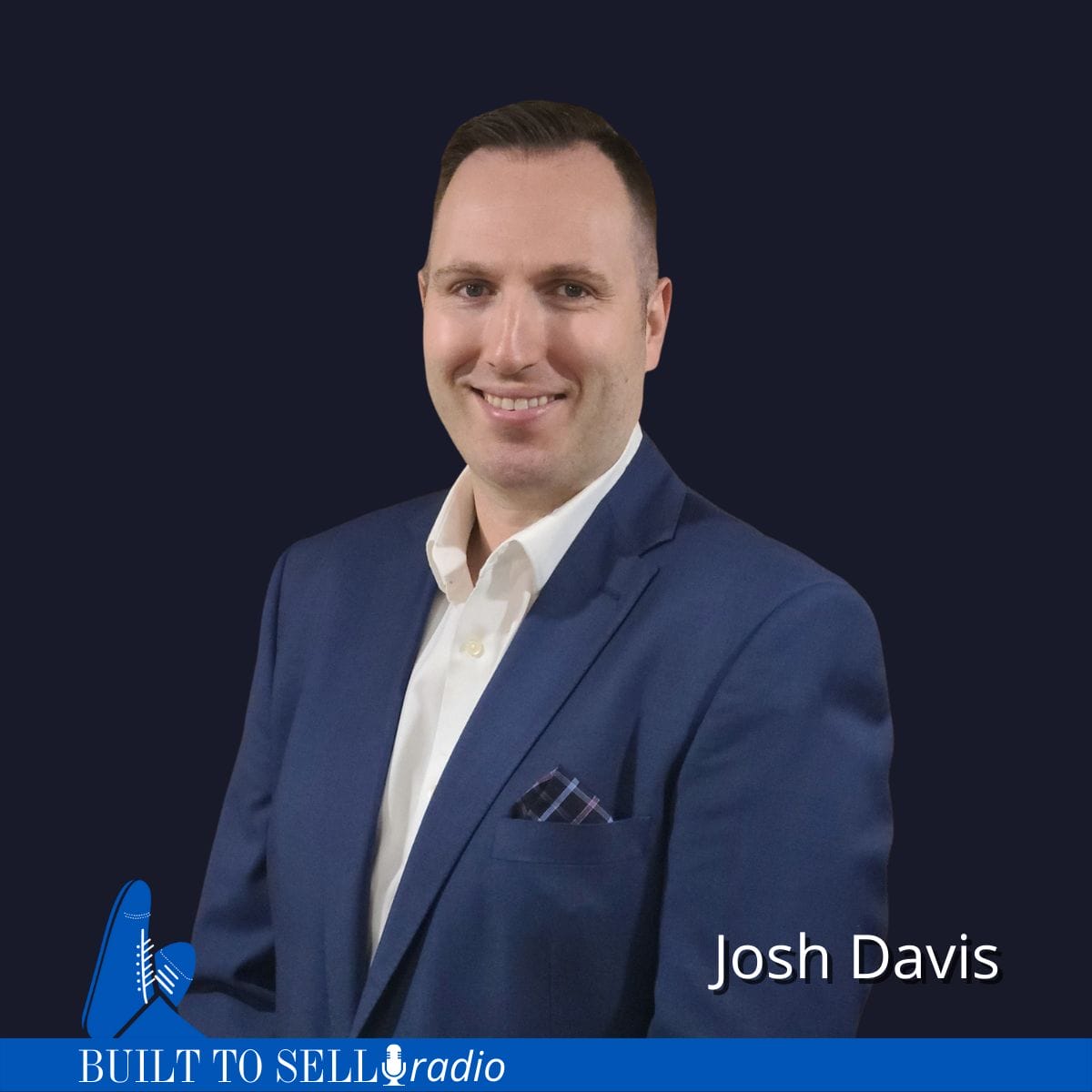About this episode
In 2015 Josh Davis and a friend decided to start Speedee Transport, a trucking company specializing in shipping products that need to be refrigerated.
Within three years of starting the business, they had grown from two to over forty-five employees, and an acquirer approached them. This kicked off an emotionally draining—and financially rewarding—journey to sell Speedee. In this episode, you’ll discover how to:
.In this episode, you’ll discover how to:
- Switch to an asset-light business model.
- Get your employees to think like owners to attract new talent by gamifying your business.
- Maximize your earn-out.
- Prepare psychologically to step away from your business.
Check out our article on How To Get Your Employees To Care About Your Business.
Show Notes & Links
Definitions
Less Than Truckload (LTL): Less-than-truckload, also known as or less-than-load (LTL), is a shipping service for relatively small loads or quantities of freight. Less-than-truckload services are offered by many large, national parcel services as well as by specialized logistics providers.
Source:https://www.investopedia.com/terms/l/lessthantruckload
Confidential Information Memorandum (CIM): A confidential information memorandum is a document prepared by a company in an effort to solicit indications of interest from potential buyers. The CIM is prepared early on in the sell-side process in conjunction with the seller’s investment banker to provide potential buyers with an overview of the company for pursuing an acquisition. The CIM is designed to put the selling company in the best possible light and provide buyers with a framework for performing preliminary due diligence.
Asset Purchase Agreement (APA): An asset purchase agreement (APA) is a definitive agreement that finalizes all terms and conditions related to the purchase and sale of a company’s assets. It is different from a stock purchase agreement (SPA) where company shares, including title to the assets and liabilities, are being bought/sold.
Source: https://www.divestopedia.com/definition/893/asset-purchase-agreement-apa

About Our Guest
Josh Davis
Josh is an innovative entrepreneur in the logistics, real estate, and software industries. One of his start-ups was one of Canada’s fastest-growing logistics companies. It was sold to a strategic company owned by a US Private Equity fund. A key part of their rapid growth was due to developing their own cutting-edge, award-winning logistics software that he is now taking to market – Stark TMS.
Josh is passionate about empowering the next generation of entrepreneurs & leaders. He partners with business owners looking for mentorship, capital, and advisory services to grow, acquire or sell a business.
To give back, Josh and his wife created a family foundation where they partner with organizations focused on helping support children at risk around the world.


